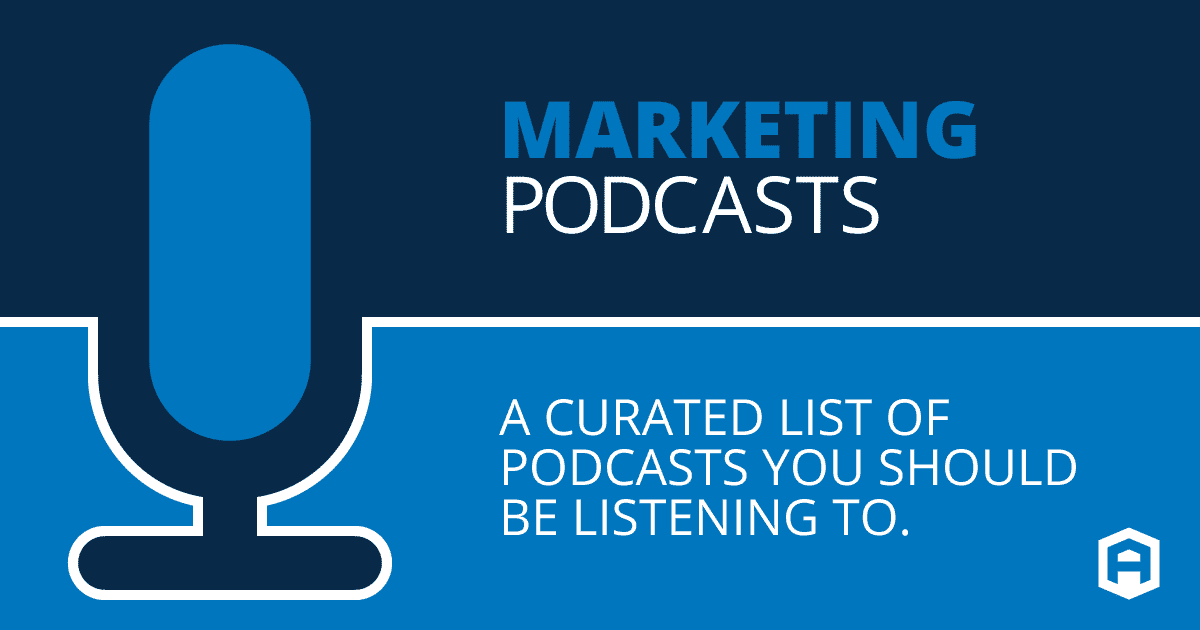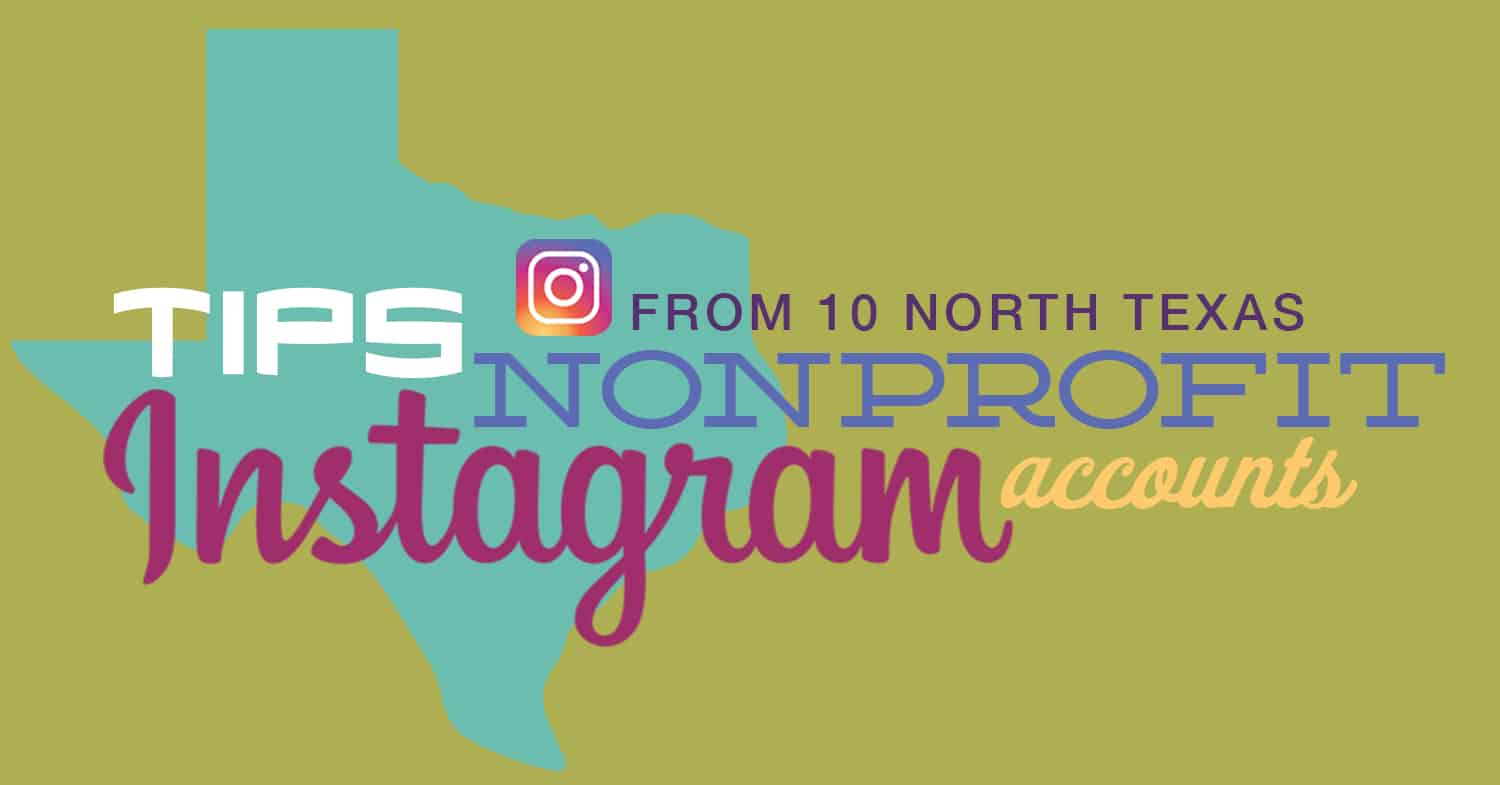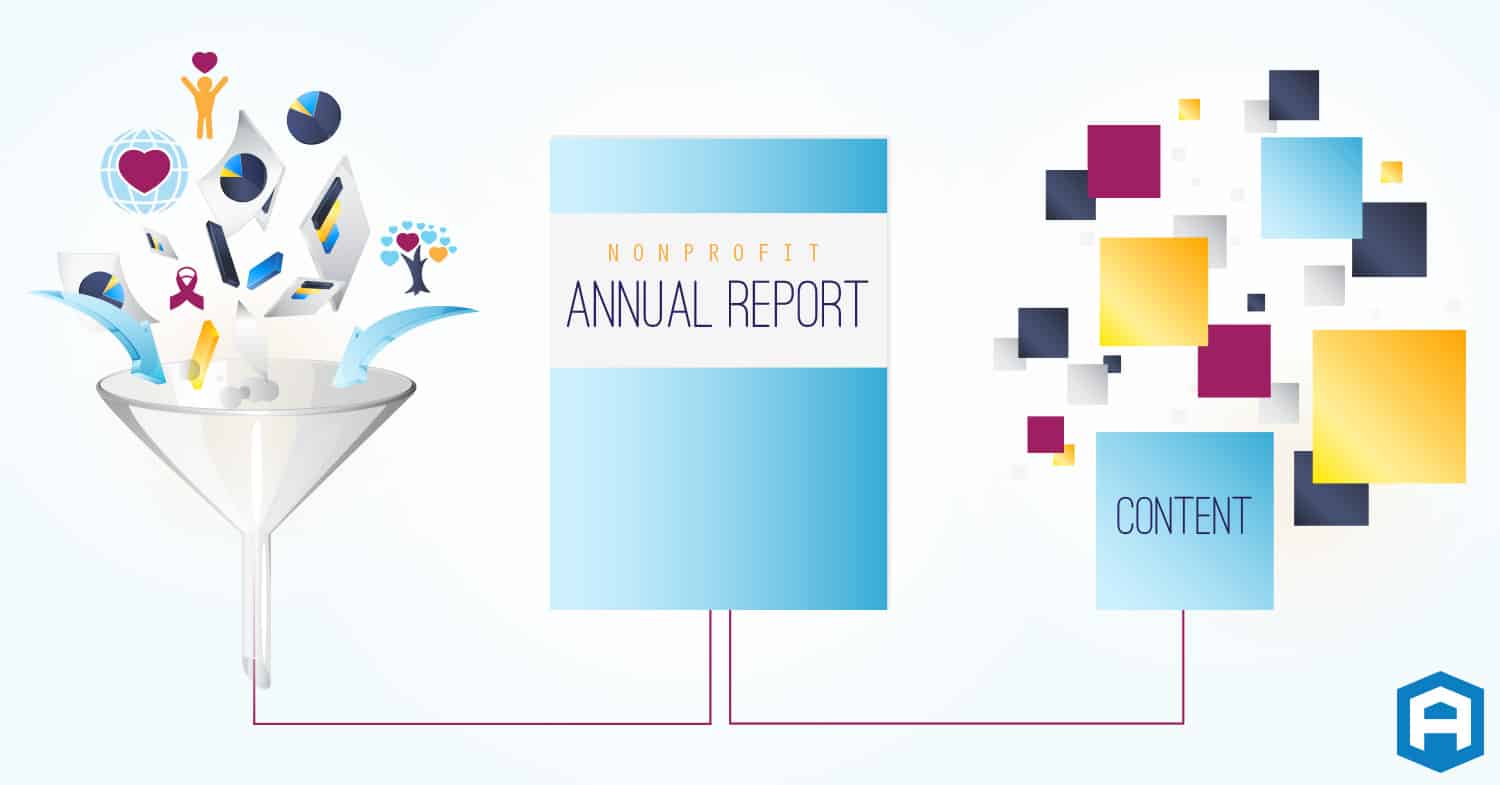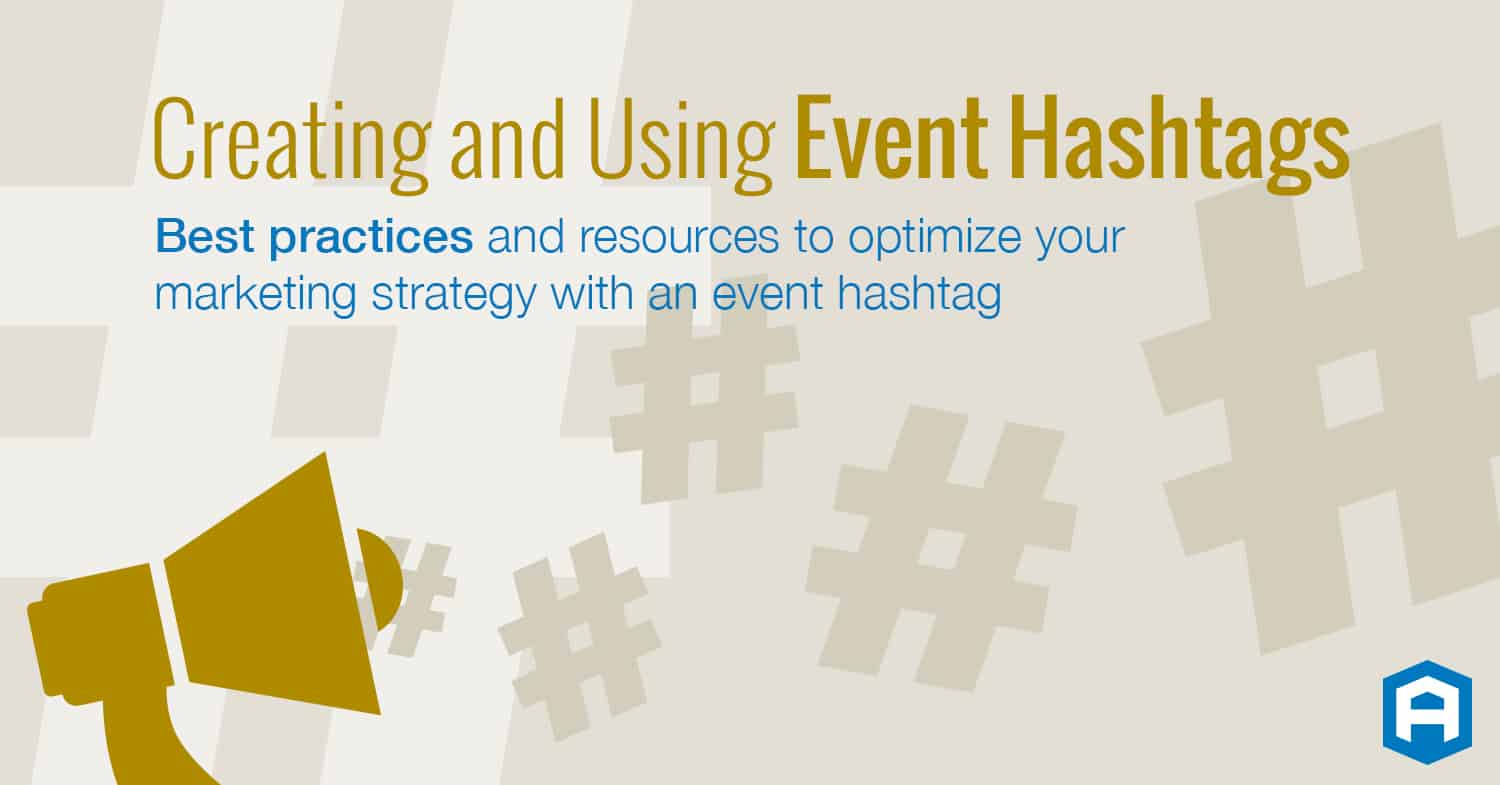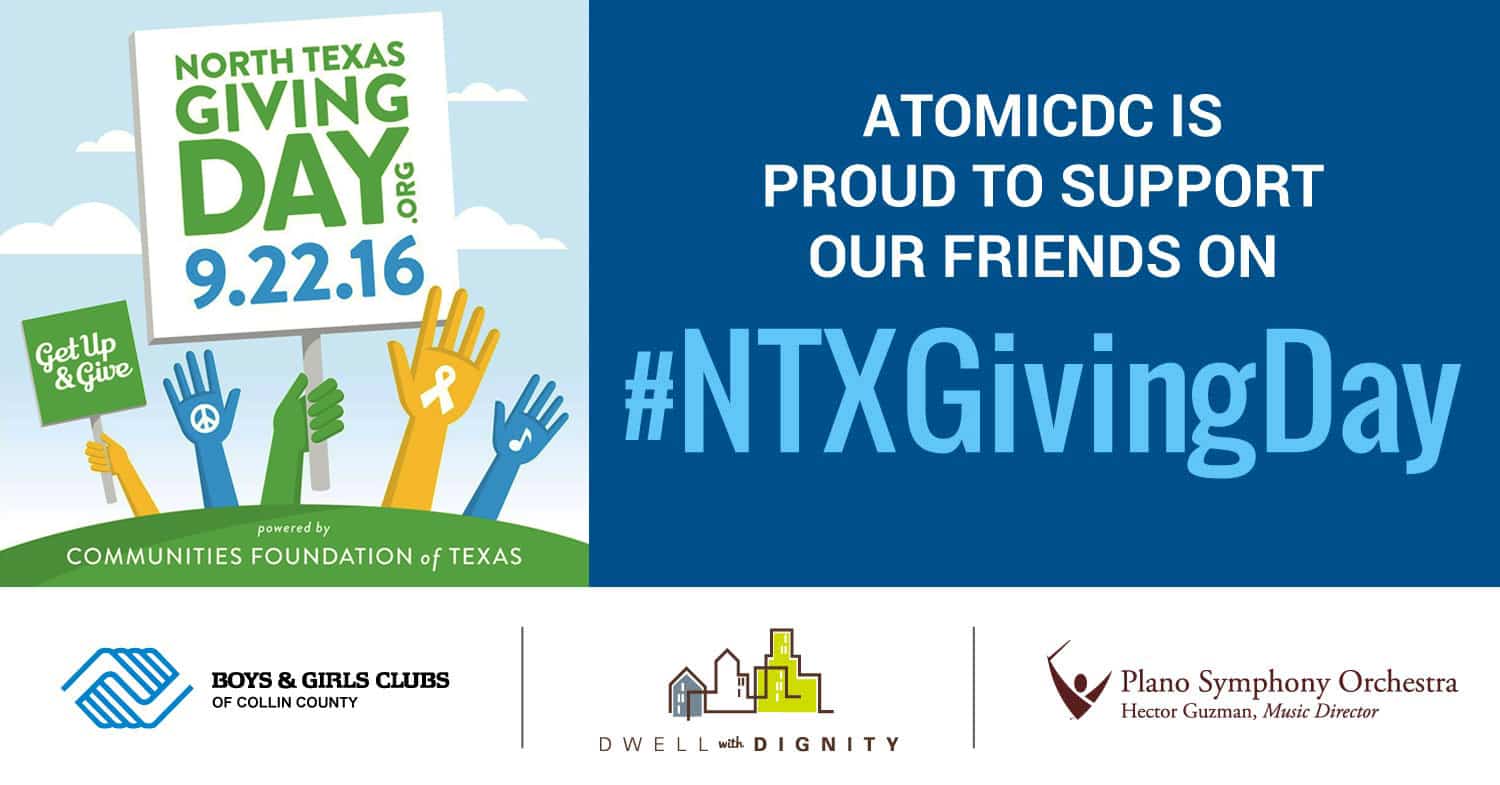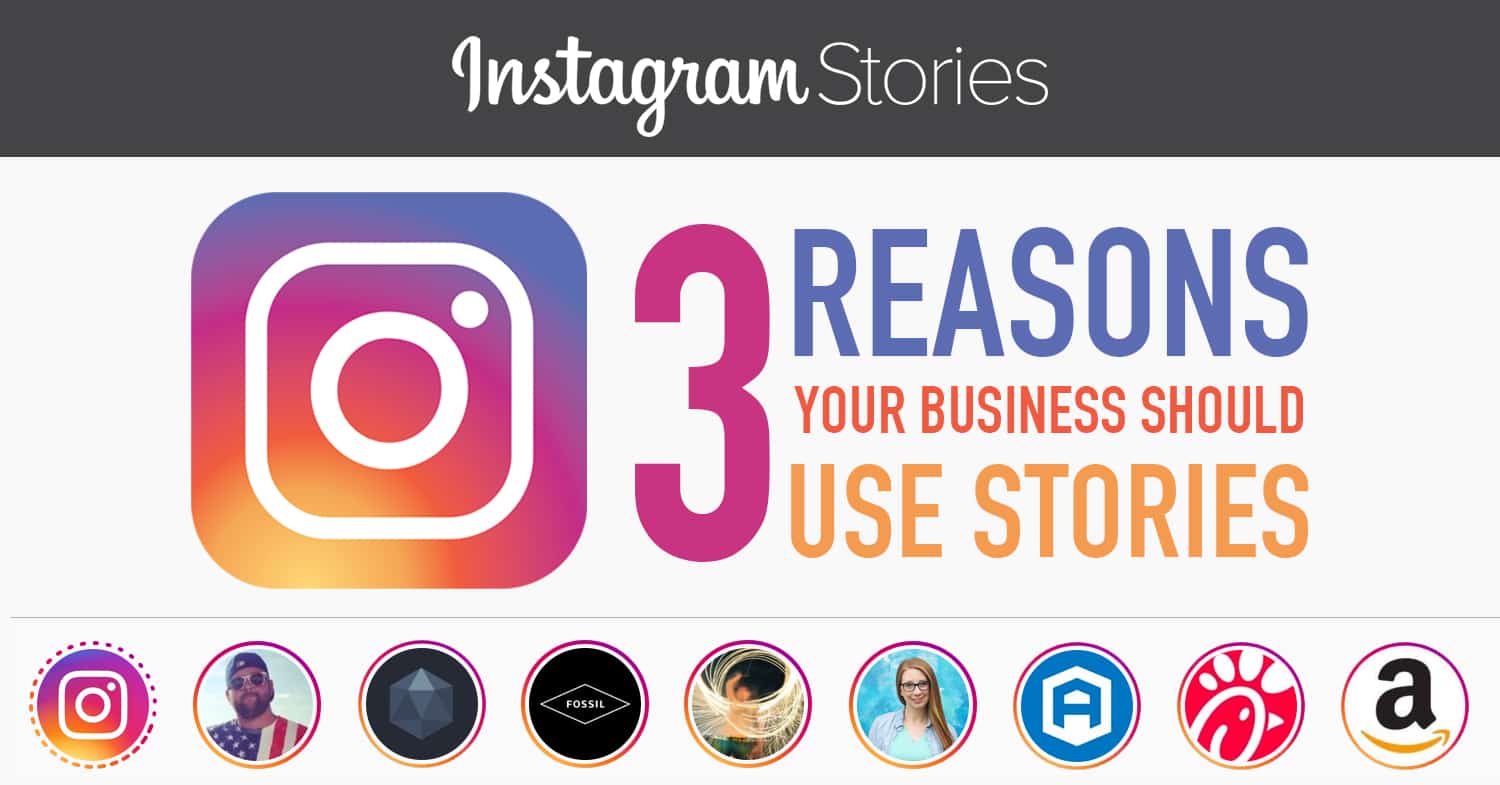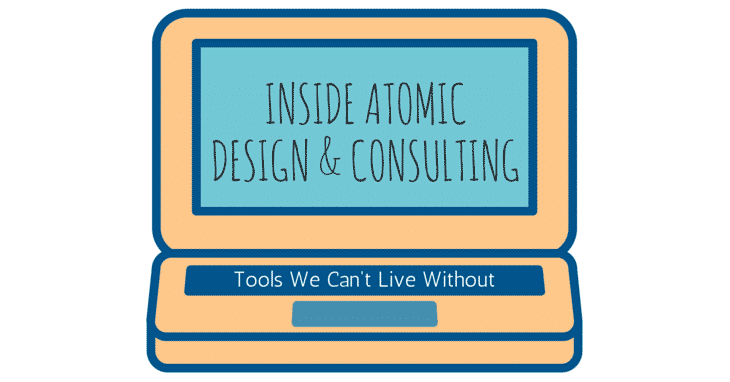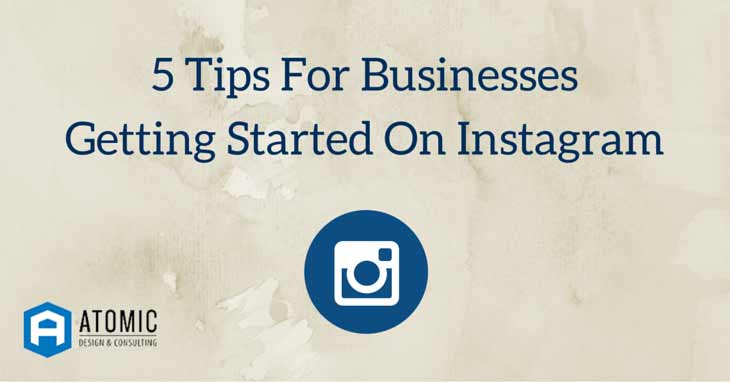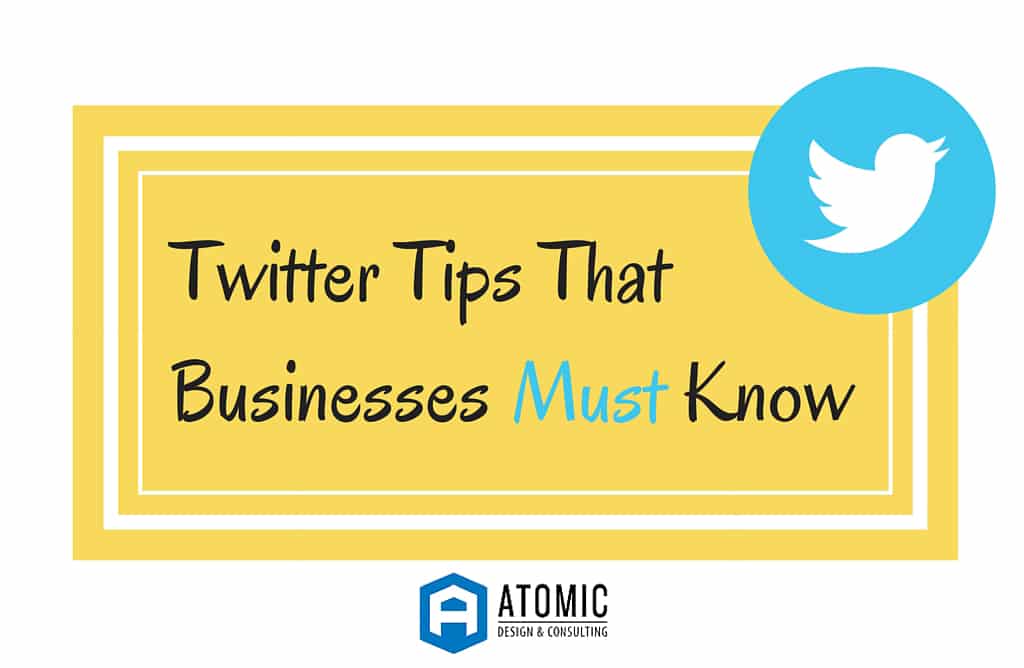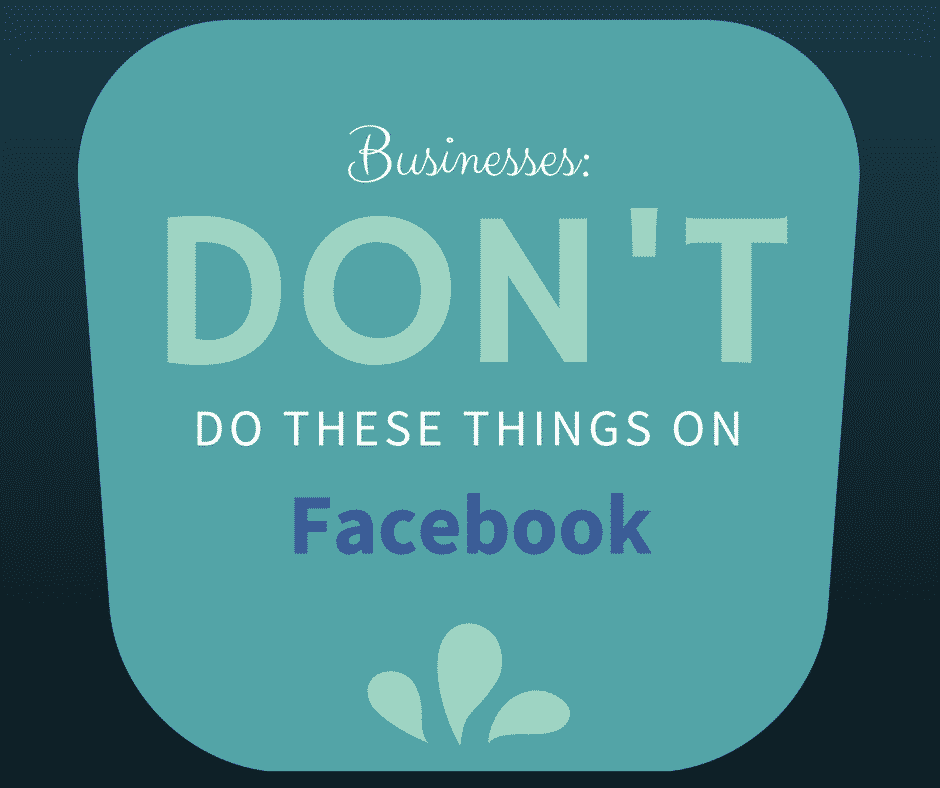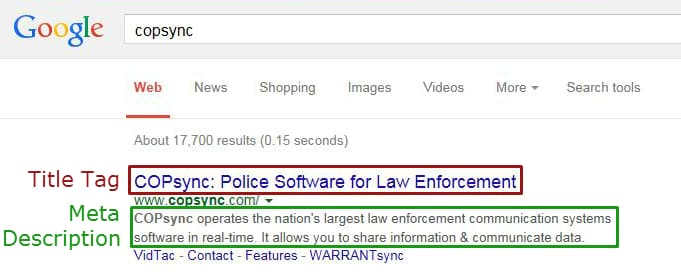
Content is King in 2016 and business blogging is constantly on the rise. Research shows that websites with a blog tend to have 434% more indexed pages. By adding a blog to your company’s website, not only are you potentially increasing the indexed pages, but you could also be enhancing your brand awareness, connecting to new leads and engaging in an emerging market strategy.
Starting a blog for your business is an effective, free way of bringing in additional website visitors that will hopefully translate into more customers. We’ve composed this Business Blogging Guide to provide tips and help you better understand how to write a business blog.
1. Identify Your Goals.
Just like with anything you want to accomplish in life, having clear set goals can help you stay on track and complete them. Decide why you’re writing a blog so you’ll have clear direction in all of your efforts. Here are some reasons people decide to start blogging for their corporate business:
- Increase Website Visitors
- Enhance Brand Awareness
- Build E-mail Lists
- Improve SEO
Regardless of why you’re blogging the bottom line is usually going to be to increase customers and revenue. This can be done in many different ways so figuring out which method best matches your company, industry and abilities is a good place to start.
2. Determine Your Audience.
Writing a blog that 100k people read is great, unless none of them are going to be interested in what your company is offering. It’s better to have a blog that is interesting to 100 visitors who are exactly the type of person you’re trying to reach as opposed to 100k visitors who would never become a customer. It’s not just about the amount of traffic, it’s about the right traffic.
Before you start writing you need to spend some time figuring out exactly who you’re trying reach.
- Profile your current customers. By reviewing your current customer list you can get an idea of what type of customers you currently interest.
- What would they find interesting? What type of content would your audience find interesting? Ask current customers to gain insight.
- Research competitor blogs. What are your competitors writing about? Chances are they’ve done research and are designing their blog to the right audience.
- Who else? What are other types of audiences might you be missing? Try thinking outside the box to figure out brand new audiences that your blog can bring value.
3. Write Unique Content.
Don’t write just to write. Your visitors will figure out this is what you’re doing and move on. (And probably never return). Think about what content would actually bring value to your readers and then spend time explaining it in terms they can understand.
Finding good content topics:
- Don’t write noise. Your content will just get lost in the noise of similar topics. Search the web for the topic you’ve decided on and if you see pages full of the same thing, find another topic.
- Topic research. By staying on top of your industry you can get alerts and read stories that will spark ideas for new content. Subscribe to news alerts about your industry to have new topic ideas delivered to your inbox every morning.
- Ask experts. Talk to the experts in your field or company and probe them for the type of information they wish they knew when first starting out, or topics they don’t think enough people know about.
- Don’t limit your content. Content doesn’t need to be about your company/services, it should be something that your target audience would find interesting. If your company sells products to restaurant owners, then instead of just writing about how great your product is and why restaurant owners need it, write about other topics restaurant owners might find interesting. For example, “9 ways to enhance your wait-staff personality”. At the end of the blog you can do a ‘soft sale’ about your products since you know if someone has read the entire blog they are most likely going to be someone interested in your product.
4. Write, write, write.
Don’t just scratch the surface on a topic. Get into details. Chances are, there will be many places on the Internet your readers can find similar information on the topic you’re writing about. Figure out what sets your blog apart from the others. Do you have a unique perspective that can’t be found other places? Do you have an unusual experience that only you are qualified to write on? Think about what you can bring to the table that can’t be found other places.
- Provide statistics. Did you know over 2 million blogs are written every single day? Providing insightful information to your readers is an effective way of bringing value to your blog.
- Believe in what you’re writing. Don’t write it if you don’t believe it. Give real world examples on why you believe in what you’re saying. Case studies are good to show why this information is beneficial.
- Ask for help. Don’t be afraid to ask co-workers, friend’s, family, etc for ideas and suggestions on what to write. A unique perspective from outsiders or experts can be a great way to add content that you would have never thought of on your own.
One factor Google uses to rank search results is “dwell-time” meaning the time spent on a page. If a user visits Website #1 for 10 seconds for the search term “bouncy red ball” and Website #2 for 10 minutes, Google will determine that Website #2 is obviously a better result because people are staying longer on the page and will increase the rankings for Website #2 for that keyword. By writing in-depth, long form content you will keep the user engaged and can increase your ranking for those keywords in Google.
Research shows that the ideal length for a blog should be around 1,600 words. This takes an average American about 7 minutes to read. During those 7 minutes, be sure to give your audience some resources. You can insert links into your text that will take the reader directly to whatever site you’re prompting them to. For example, you will see below under the visuals section we offered the photo-sharing websites as well as their links.
5. Show Your Personality.
Don’t be a faceless writer. Let the reader know why they should trust you by providing background information or reasons they should believe in what you write. Don’t be afraid to show personality/humor or whatever makes your content show that it comes from a real person.
Add a byline/information about yourself in the signature of the blog. If the user enjoyed your blog give them a way to look at other stuff you’ve written and maybe you’ll gain a fan. Provide links for them to follow you on other social media.
6. Write Catchy Headlines.
Good blog headlines have been shown to make or break a blog. Many of the top bloggers use tools to do A/B testing with multiple headlines. Some of the bigger sites are reported to write over 100 different headlines for the same blog article and then through analyzing data deciding on the best performers.
There are tools available to help with writing better headlines, here are a few:
- Headline analyzer: https://coschedule.com/headline-analyzer
- Blog title idea generator: https://www.inboundnow.com/apps/kill-writers-block/
- King Sumo headlines: https://kingsumo.com/apps/headlines/
There are also some basic formulas you can follow to write better headlines. Hubspot has a great infographic here explaining all the methods you can use.
7. Make It Visually Appealing.
Make the content attractive to the reader.
Headlines: Attention-grabbing headlines allow the reader to quickly scan the blog to see what topics are being addressed. By making these interesting you can convince the reader to stick around and read the rest.
Images: Adding images is a must. According to Writtent, articles with images get 94% more views. Avoid walls of text. You can find free images (as long as you give credit) to use on the Internet that can make your blogs more visually appealing. (Pixabay, Pexels, Free Range, PhotoGen, Public Domain Archive, Life of Pix, Pick-up image )
Pro-tip: When adding images make sure you name and title them according to what your blog is about as well as what’s in the image. For instance if I was writing a blog about building ships and had an image of me building a ship I would name it something like “building-ships-guide.jpg” with the ALT TAG: “Me building a ship” and TITLE “Building a Ship to Sail in the Ocean”. This gives Google more information on what the image is and will increase the likelihood of your image coming up in Google’s results for those keywords.
Lists: Add lists to your blog so the reader can quickly scan the blog and find out if it’s something they’d be interested in reading further. Breaking down long paragraphs full of information into lists can make your blog more appealing and easier to scan & read.
Videos: Adding videos can keep the reader on your page longer and increase your dwell-time which Google uses as a sign of relevancy. (Which means they might increase your position in Google) You don’t necessarily need to create these videos either. Find relevant videos on Youtube or Vimeo and embed them in the blog.
8. Promote Your Blog.
If a tree falls in the forest… if a blog is written but nobody reads it does it really matter? Promoting your blog correctly can be in the difference between 1 Like and 10,000. Knowing your audience is also important here because you’ll want to promote to potential customers and not just everyone. Deciding how to promote your blog can depend on how well you know your audience. Are they more likely to hang out on Facebook or Linkedin? What ages? Gender? With today’s sophisticated marketing tools you can reach exactly who you want to reach so you’re not wasting your money or your visitors time.
LinkedIn Audience Targeting
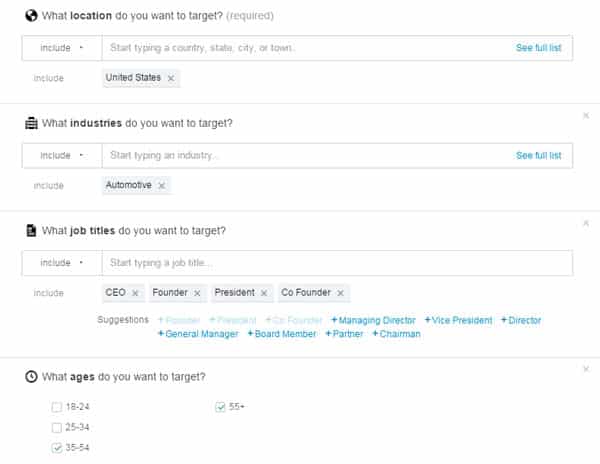
As you can see from the sample above, you can be very specific on who you want to target with your promotions. Facebook, Twitter and other social media provide similar methods on getting your blog to show up in front of just the right people.
9. Refine & Improve.
A good thing about having content on your blog is that it’s live and can be updated periodically. Not every blog you create needs to be 100% complete and perfect right when you release it. Many bloggers will go back time and time again to add more content to their blog. One type of blog that this works well on is “Top 10” lists. It may start with 10, but after months or years of adding new items to the list it could grow to the “Top 100” instead.
Google loves long lists of good useful information so keep that blog in the back of your mind and anytime you find a new piece of information or link that would benefit the blog and your readers, go back and add it and make everyone a little happier.
If you’re looking for a place to start feel free to download our Blog Writing Template & Sample Guide:
Need Specific Help?
Interested in a specific topic? Review the topics below to get the info, news, and tips you need!


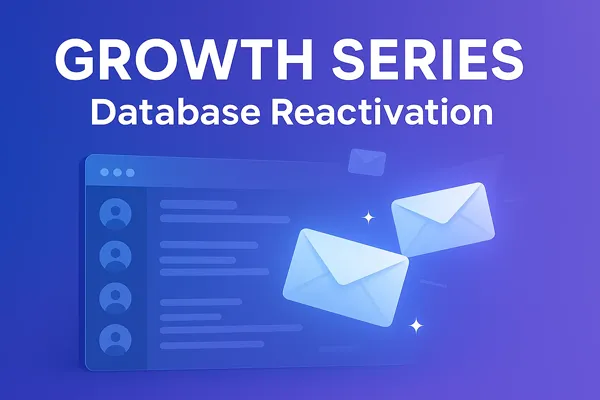









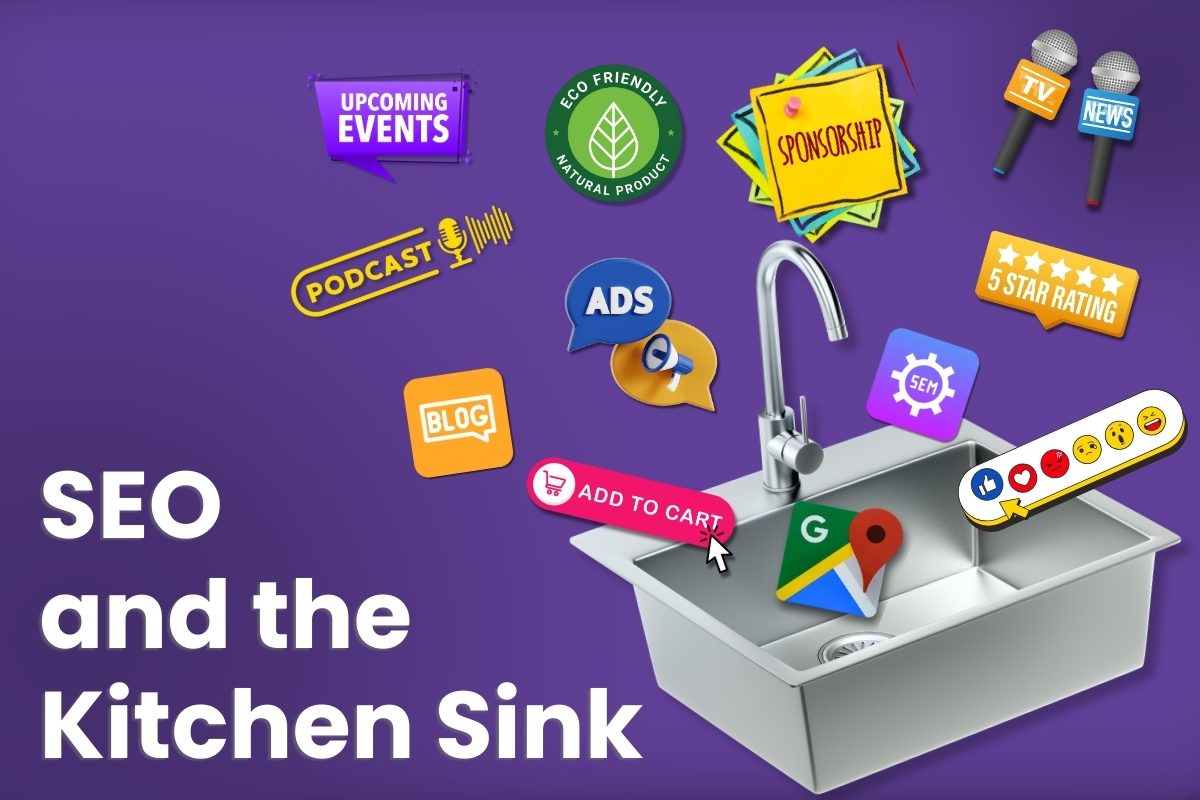



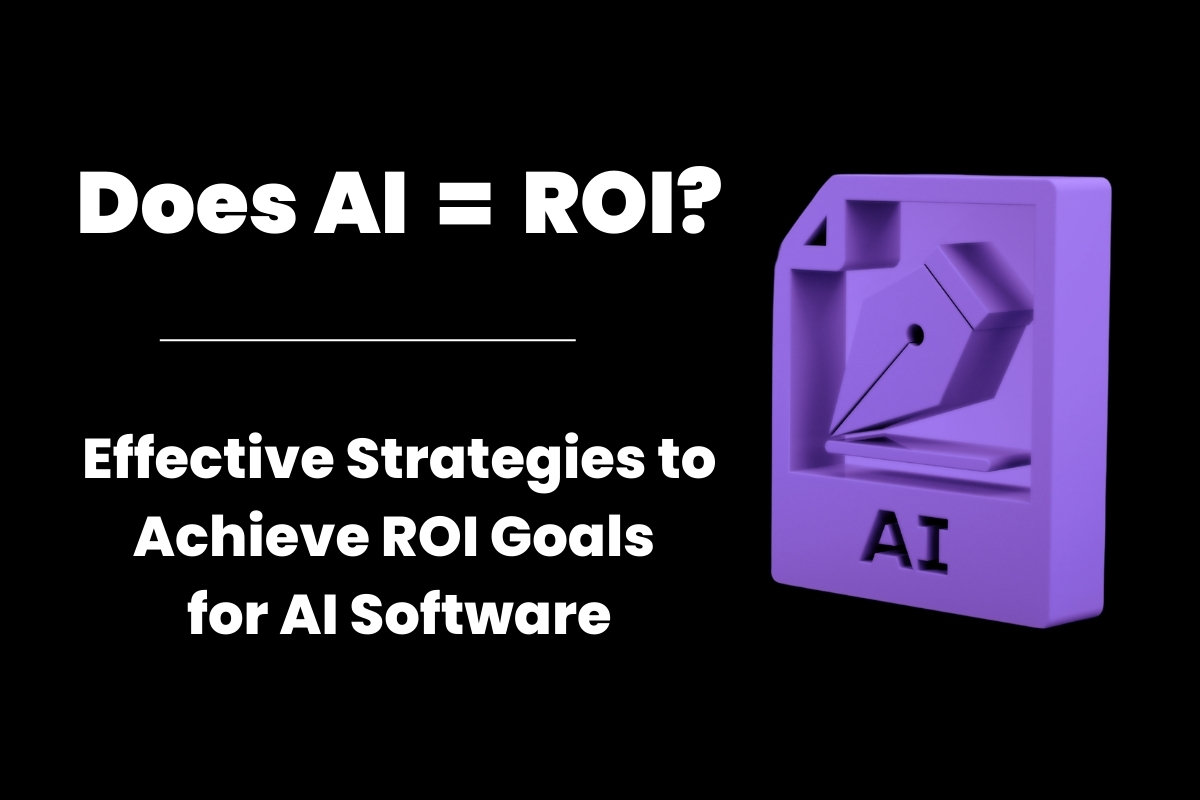






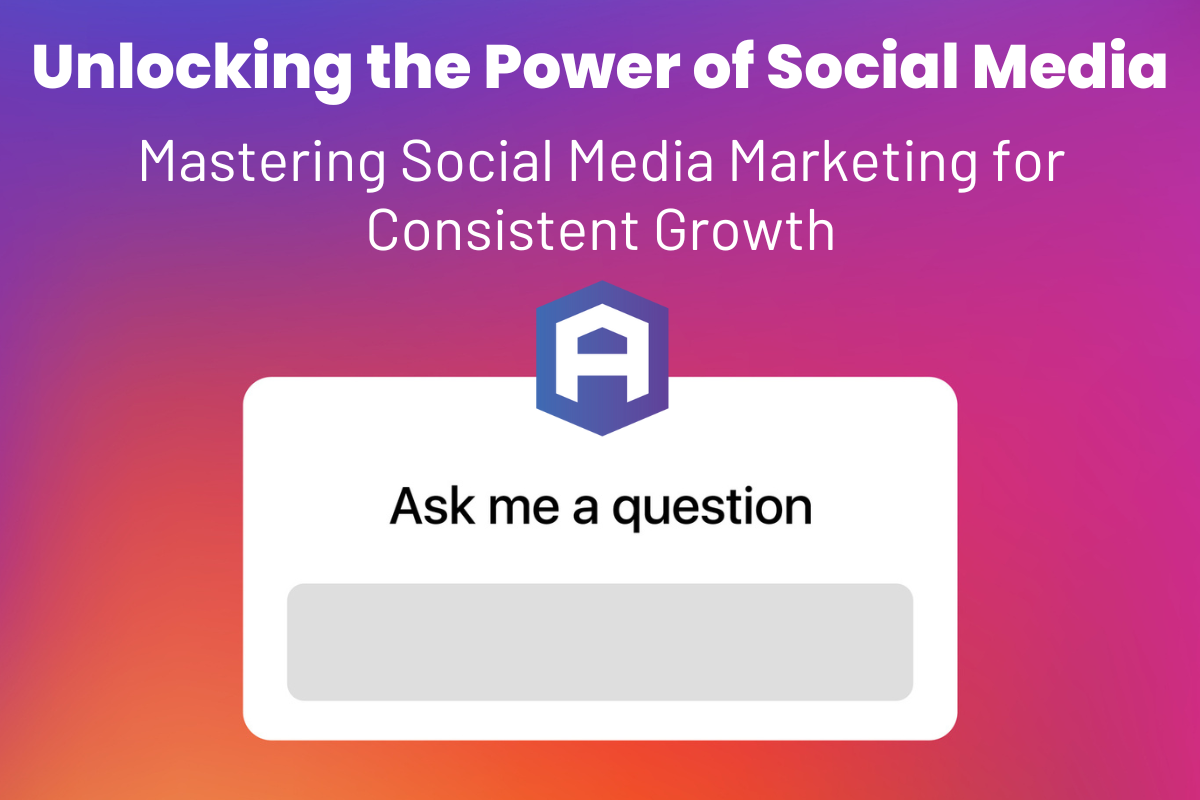


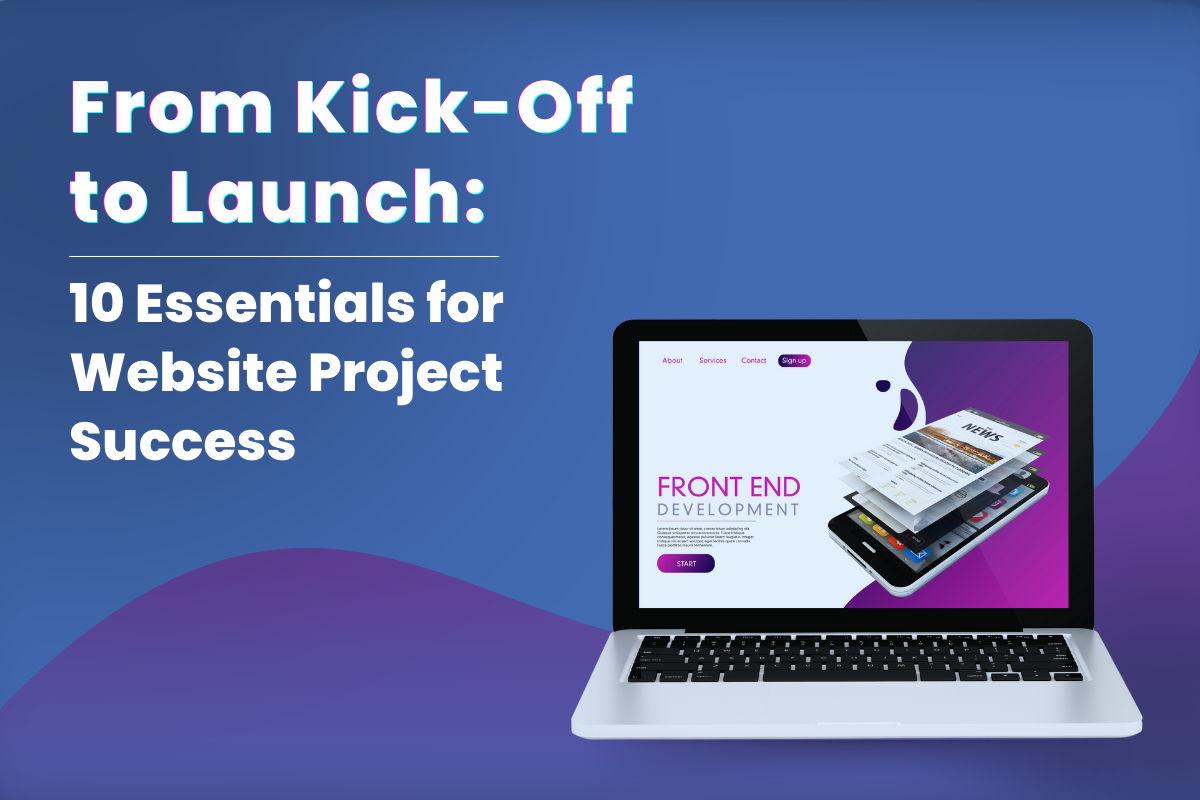





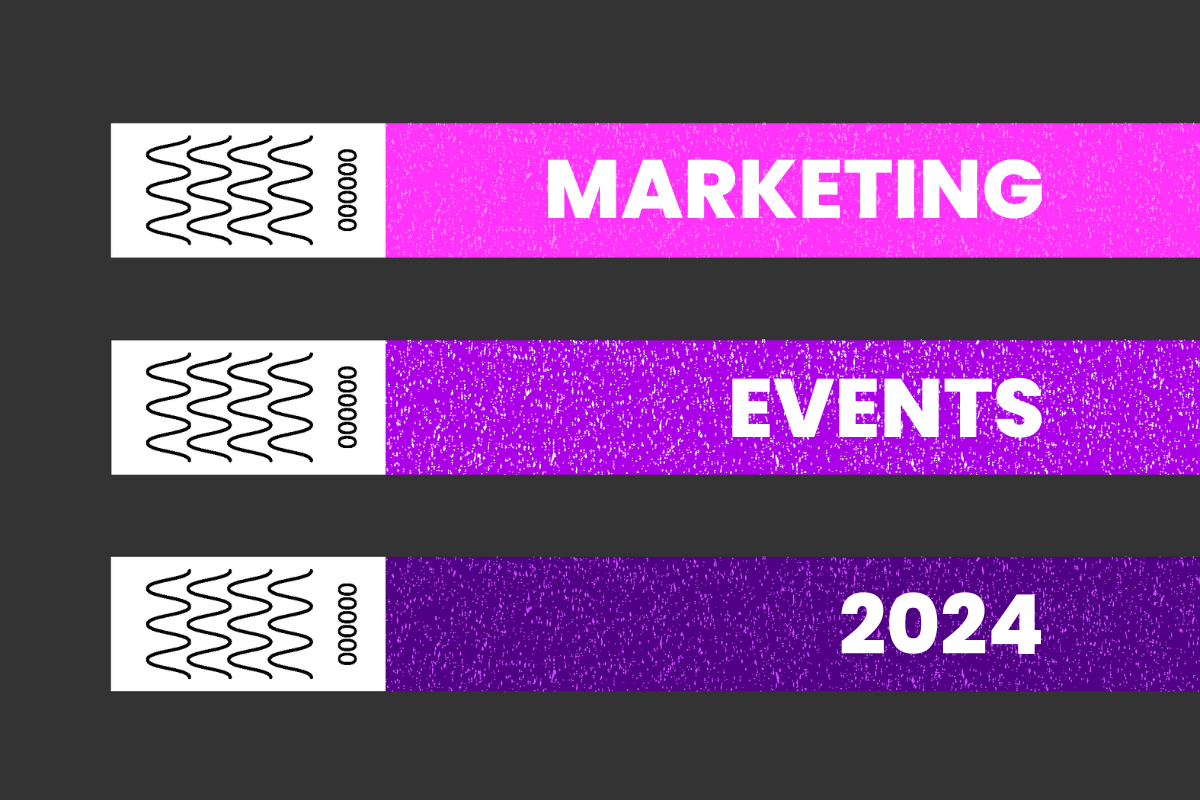


















![HubSpot Partner Day 2019 [Recap] 53 ADC partner day 1200x630 1](https://www.atomicdc.com/wp-content/uploads/2019/09/ADC-partner-day-1200x630-1.jpg)



![30 Awesome HubSpot Tools That Won’t Cost You a Dime [Free Inbound Marketing Tools] 57 30 hubspot tools that won't cost you a dime](https://www.atomicdc.com/wp-content/uploads/2019/06/ADC-30-hubspot-tools.jpg)

















